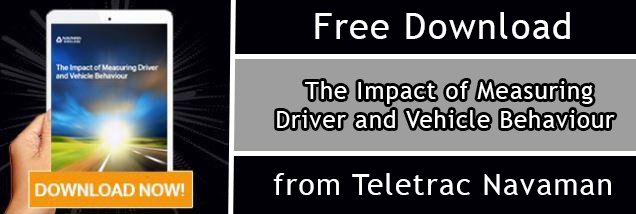Representatives from some of the country’s biggest transport companies were recently invited to the Business Customer Advisory Group (BCAG), hosted by IAM RoadSmart, to demonstrate the astronomical costs an organisation can incur in road accident situations.
It has previously been reported that back in 2013, 1,731 people lost their lives in traffic crashes with one-third of all crashes involving people on a business-related journey.
The direct costs of an accident are normally clear and are usually insurable by a business. However, the shock for fleet managers arises when indirect costs start to appear, and these can include the following:
- Time away from the job not covered by workers' compensation insurance.
- Payment of other workers who are not injured, for
example those who stopped work to look after or help the injured worker and those who require output from theinjured in order to complete their tasks.
- The cost of damage to materials or equipment involved in the accident.
- The cost of overtime imposed by the accident (lost production, additional supervision, and additional heat, light, etc.).
- The cost of wages paid to the supervisor for time spent on activities related to the accident. This includes caring for the injured, investigating the accident, and supervising the activities necessary to resume the operation of
business . All of these activities will disrupt the supervisor's productivity.
- Costs associated with instructing, training, and repositioning employees in order to resume production. In some cases, it might even be necessary to hire a replacement with all the associated hiring costs.
- Medical costs paid by the employer that are not covered by the insurance. This may include treatment facilities, personnel, equipment and supplies.
- Cost of managers and clerical personnel investigating and processing claim forms and related paperwork, telephone calls, interviews, etc.
- Wage costs due to decreased productivity once the injured employee returns to work. This is due to restricted movement or nervousness/cautiousness on the part of the injured employee and time spent discussing the accident with other employees etc.
- Costs brought about from any enforcement action following the
accident such as prosecution fines and costs ofimposed remedial works.
(Information and data provided by: http://www.preston.gov.uk/)
Lesley Upham, commercial director of IAM RoadSmart, told Fleet News: “The true cost of a crash was a revelation to everyone at the meeting.
"A crash is not just about vehicle damage – it
“The impact on profits is far greater than many businesses might imagine.
"As the roads get more crowded and the pressures on employees increase, the commercial sector knows it cannot afford to bury its head in the sand and is looking for targeted, preventative intercessions.”
Given the potential for gigantic costs to businesses when accidents occur, it has never been more important for management to keep a close eye on how their vehicles are being driven.
There has never been a better time to invest in driver training. At the end of the day, whilst out on the road, there’s a good chance that your drivers will meet just about every kind of road situation conceivable from the congested city
Implementing a telematics system, for example, helps to relay information on driver performance, providing management with the confidence to give feedback to drivers. The data provided helps drill down into your drivers’ journey and identify certain
You’re also able to run reports, implement driver scorecards and set performance KPI’s. Accepting damage of some sort is inevitable, but those who adopt a vigorous risk management strategy - that includes making best use of data – usually see incidents fall.
The past few years have seen a rapid increase of video clips that show poor driver
Given the stress high
Some can also record the interior of the vehicle, including driving style and, in the case of a collision, impact force. Since the price of installing this technology has dropped, the economic case for fitting cameras across a fleet has been reinforced.


